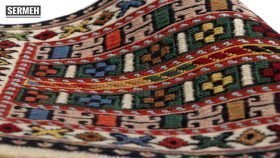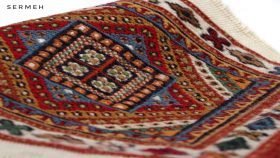 Familiarity with Iranian carpets
Familiarity with Iranian carpets
If you have ever been to one of the carpet markets in Iran, you must be excited to see a world of patterns, colors, and beauty.
Seeing all that art and beauty in a two-by-three or three-by-four frame or any other shape and size may encourage anyone to buy a board of those beautiful rugs that may be used for everyday use or its decorative aspect.
In any case, there is no doubt that Iranian handmade carpets are one of the most popular carpets in the world and have a great reputation and popularity.
In this article, we intend to examine the reason for the popularity of Iranian handmade rugs.
History of Iranian carpets
Carpet experts believe that rugs, carpet weaving, and weaving of all types of carpets originated in Asia and it is their handicraft.
Researchers say that Iran, Turkestan, and the Caucasus are the primary cradles of the art of carpet weaving.
From the writings of some texts, it is understood that the art of carpet weaving existed long before Christ.
The famous Greek poet and epic poet of the seventh century BC mentions a throne covered with a purple carpet.
Other historians, poets, and writers have also mentioned in their writings that Iranians have a habit of resting on very soft carpets.
A simple survey shows that in addition to our country, in countries such as Turkey, Spain, Turkmenistan, Afghanistan, Caucasus, Pakistan, India, Egypt, China, and even Romania and the Balkan Peninsula, the carpet industry and the art of carpet weaving are popular, and they have been active in this industry.
Iranian carpet
In the end, this art was specific to the Iranians, and the Iranians were the first people to turn to carpet weaving, and in this case, their art is world famous.
According to studies, the first carpet in the world is the Persian Pazyryk rug.
The carpet was discovered in 1949 by a group of Russian archaeologists during excavations in the Altai region of southern Siberia in the valley of the same name, Pazyryk.
The history of carpets dates back to the fifth and sixth millennium BC in Central Asia.
The Persian Pazyryk carpet is considered to be the first and oldest handmade carpet in the world, the texture of which is attributed to the Achaemenid Empire period.
In Ctesiphon Palace, there is a very famous carpet called Baharestan, which has a lot of splendour and beauty, and it has been considered in Islamic literature and has a wide reflection.
Due to the beauty and art and the precision and elegance that exists in the texture of carpets and rugs, this art has always been considered, and today more attention is paid to its decorative aspect.
If you want to know more about Iranian carpets we suggest that you read similar articles about Persian Carpets; Heaven Under Your Feet and Persian Carpet.
The popularity of Iranian carpets
One of the main reasons that Iranian handmade carpets have received more attention in the world and have more customers is that they have more colour variety than carpets produced in other countries.
The quality of materials used in it is better.
Art and special elegance are used in it and the colors look vivid and natural.
Its patterns and drawings are attractive and have a special appeal that is eye-catching for the viewer and the buyer.
All these cases have been effective in this matter and have made Iranian carpets have their fame and popularity.
Features of Persian carpets
Regardless of the geographical conditions, the carpet of each city has differences and similarities with other cities.
In some cases, they are completely different because the cultural situation of the two cities is different.
Several differences include differences in the type of texture, pattern, yarn, and type of wool.
In some cases, even if a carpet is woven by two different senior carpet weavers who have the same pattern and appearance qualities, only a master and expert in carpet weaving can recognize the difference between the two carpets and say that the so-called two-hand weaving carpet.
This is a flaw in the art of carpet weaving.
In general, for a high-quality carpet, the following features should be considered:
• Have twelve wate in one knot.
• The wool is arranged from the back of the sheep, and should not separate from the lime.
• Sheep are grazed in mountainous and green areas.
• The paint used must have a high degree of stability.
You should also consider the following when buying a rug:
• Differences in carpet designs
• Differences in size
• Using natural colors
• Create harmony in carpet colours
Carpet market
There are machine-made carpet factories in most cities of Iran, but due to the facilities available in some cities of Iran, there are more factories, such as Kashan and then Aran and Bidgol, which are called the capital of machine-made carpets in Iran.
In these cities, more than 700 production units active in the production of machine-made carpets are engaged in carpet production.
Other carpet-producing cities are Yazd, Mashhad, Delijan, Isfahan, and several other cities.
Undoubtedly, Iranian carpets have been famous since time immemorial and have been considered, welcomed, and used by all countries in the world, in which Iran is one of the major exporters of this industry.
Currently, 40% of the country’s carpet exports are supplied by East Azerbaijan Province.
Tabriz carpet
The carpet of Tabriz is very different from the carpet of other cities.
Types of Tabriz carpet weaves include fine weavers and coarse weavers, and its differences in terms of design, quality, and materials are very different from other cities, for example, it is very different from Isfahan carpet design or Kerman carpet map.
Knowing the carpet and its features, except for its specialized and professional cases, is not very difficult and is easily possible.
A carpet buyer can see and know the quality of a rug or carpet to some extent by seeing and touching it.
The carpet of any part of Iran is different from another point of view according to the climatic conditions, geography, and culture of that point.

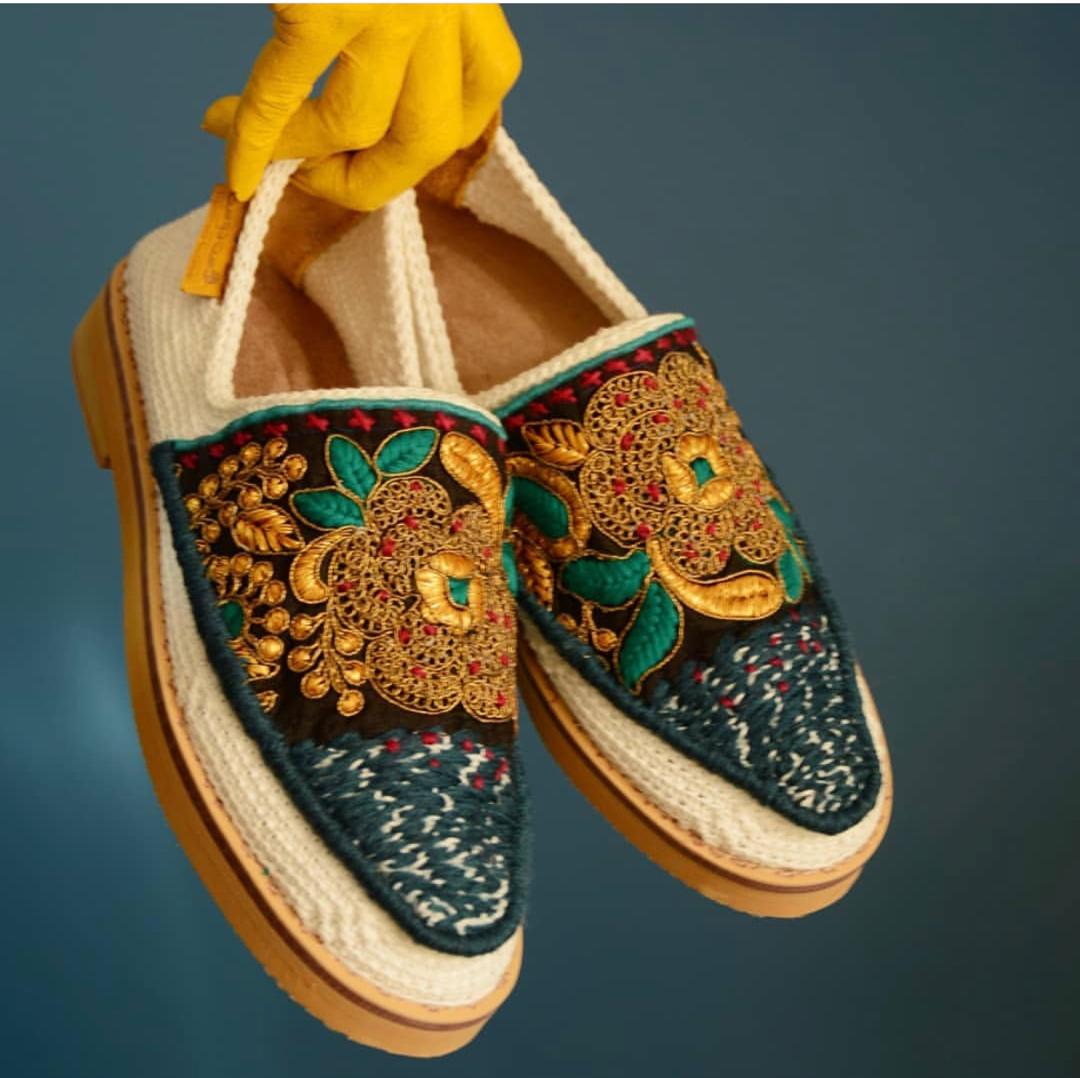
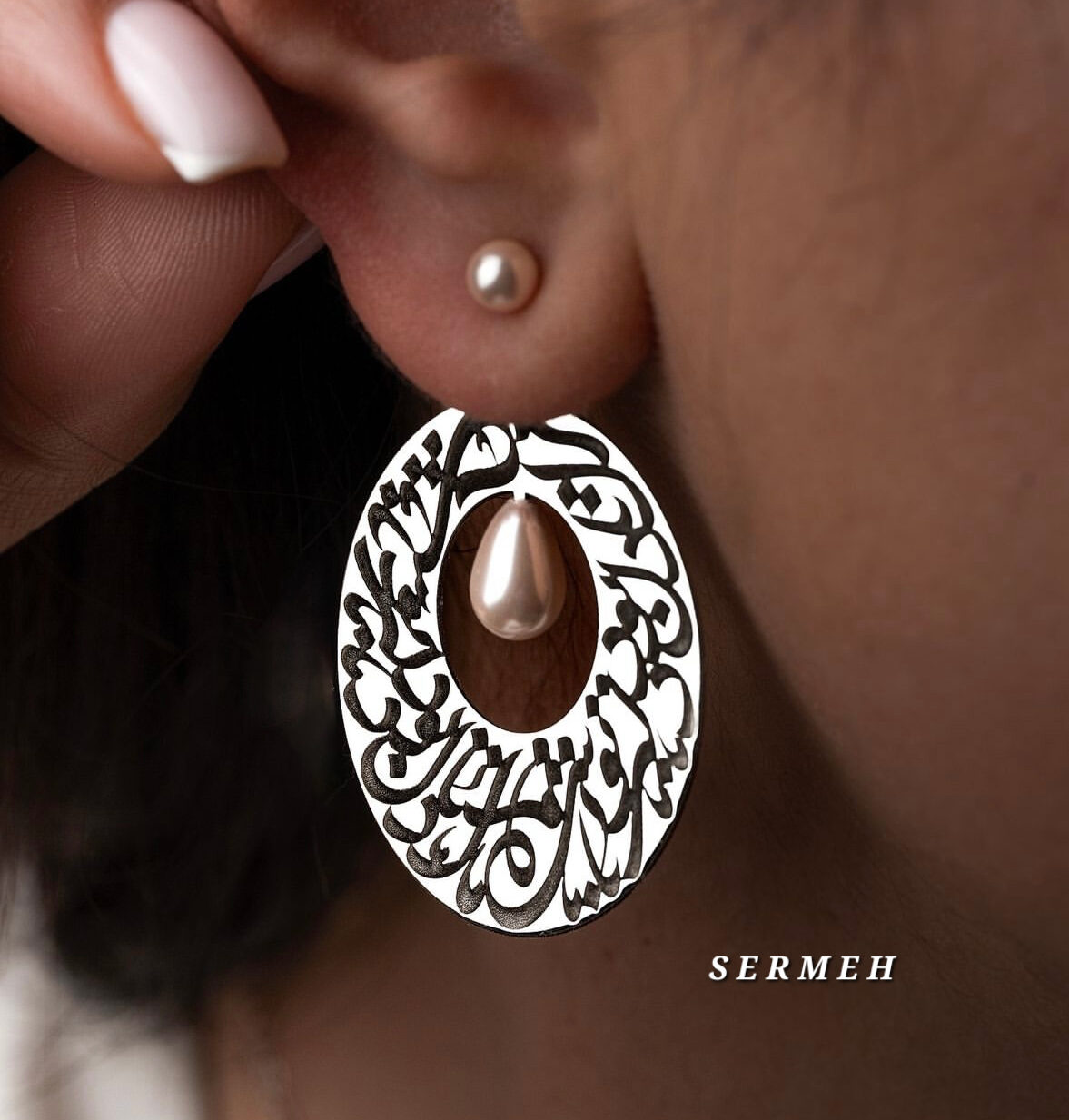
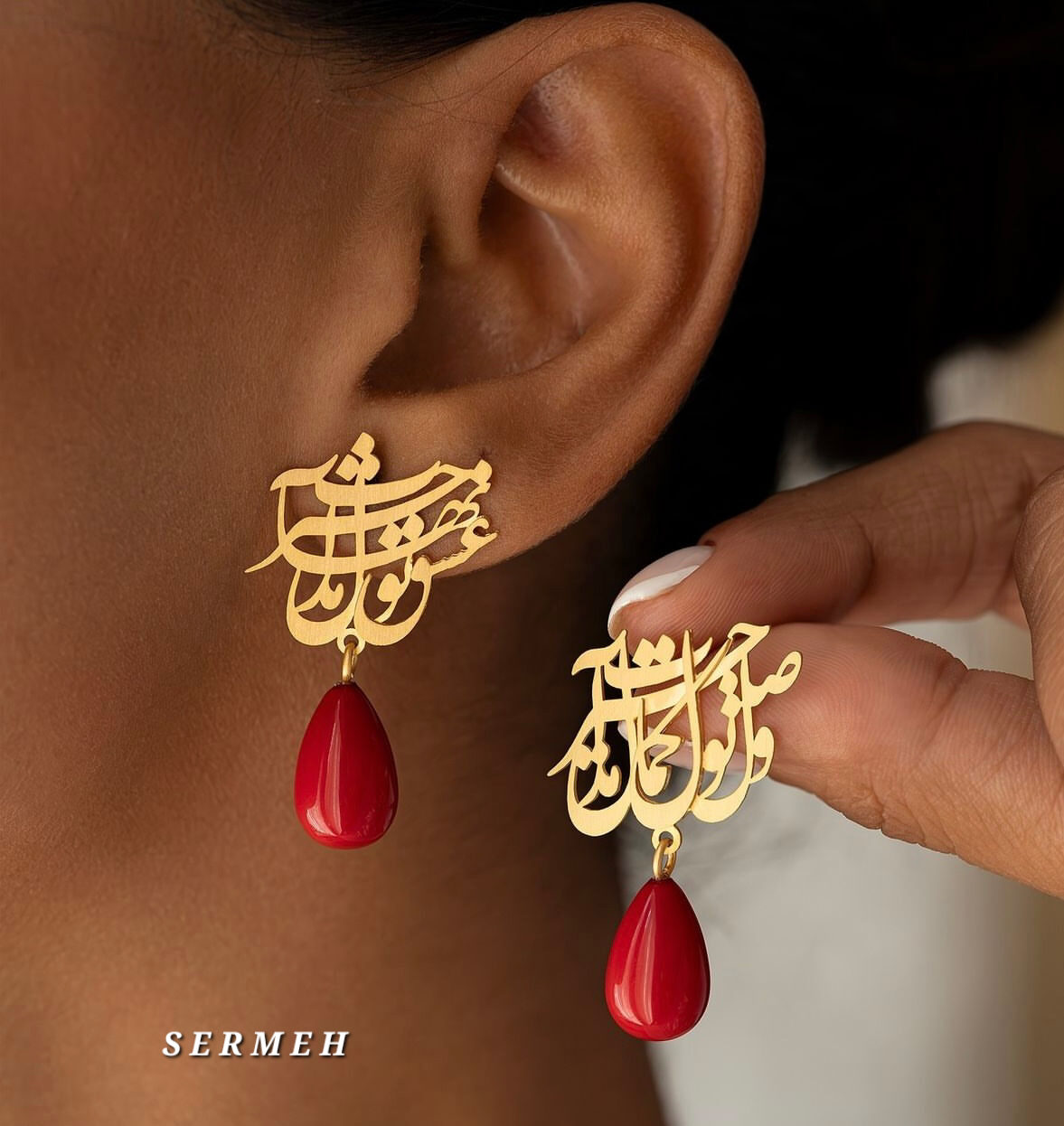
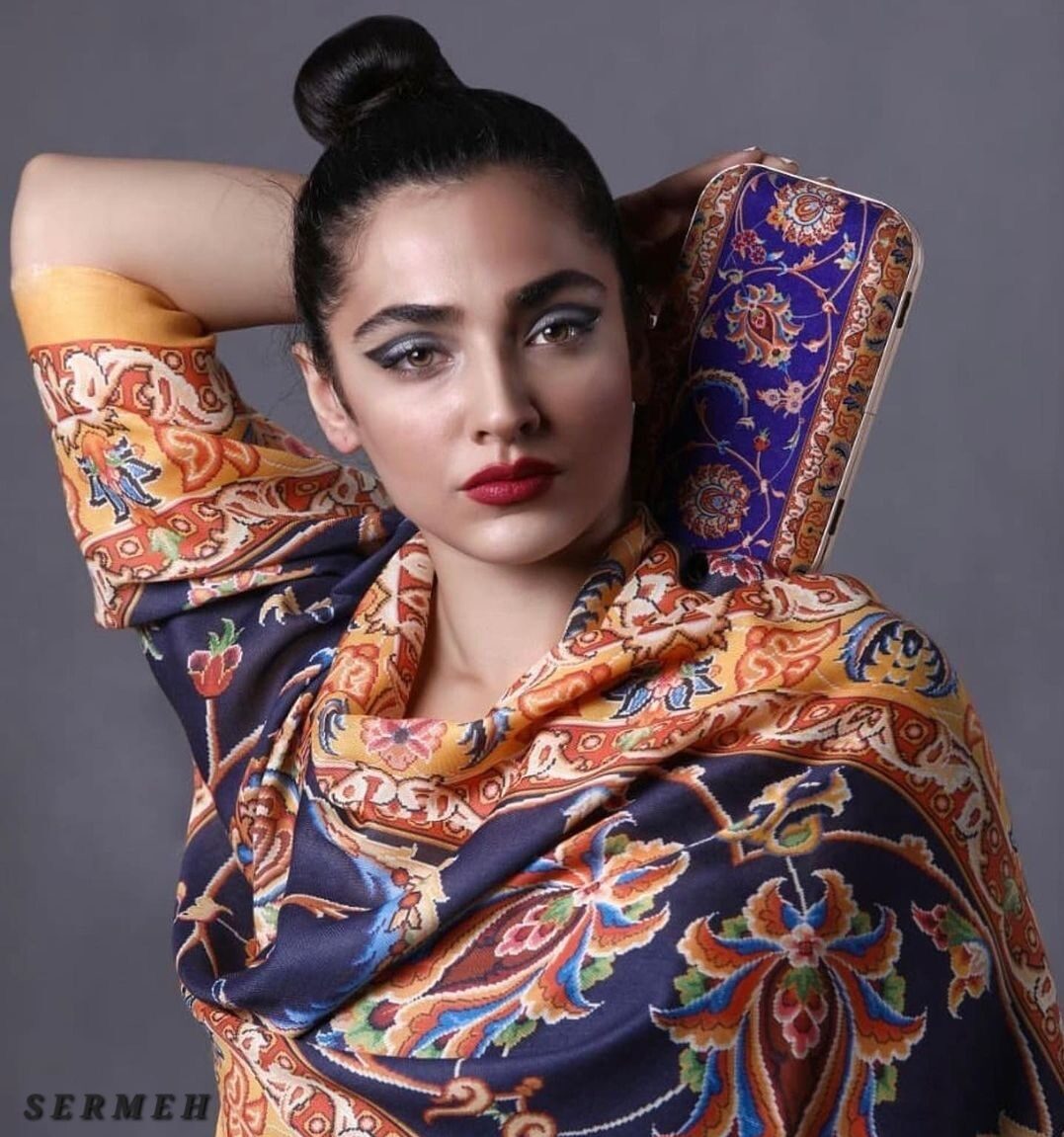
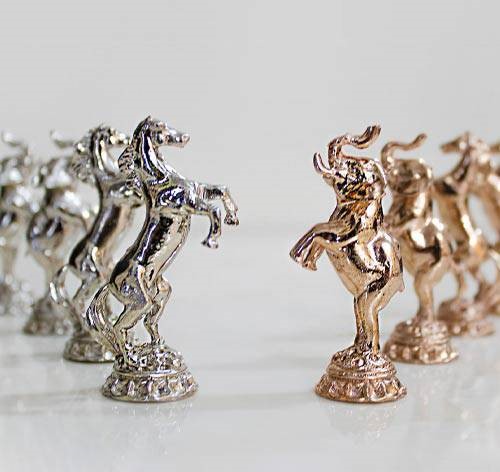
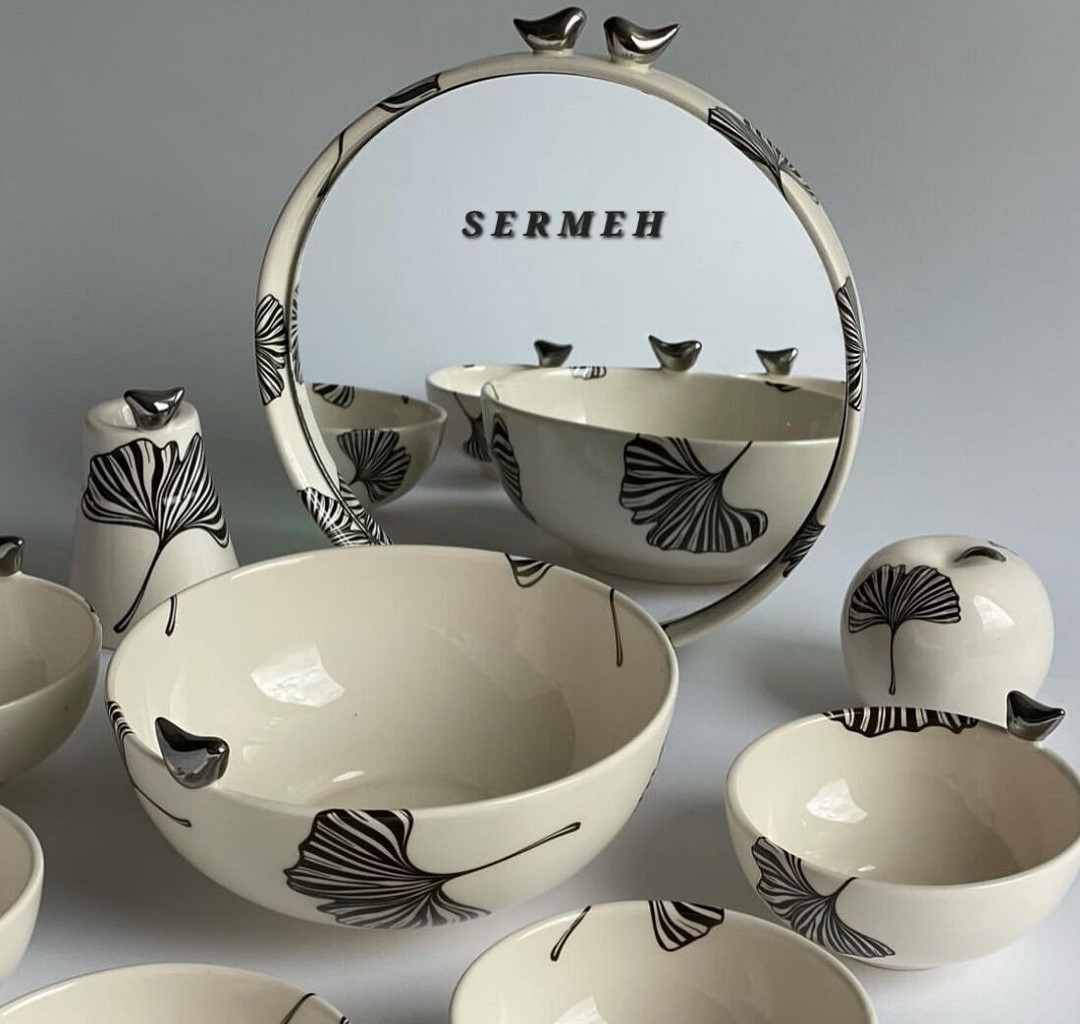
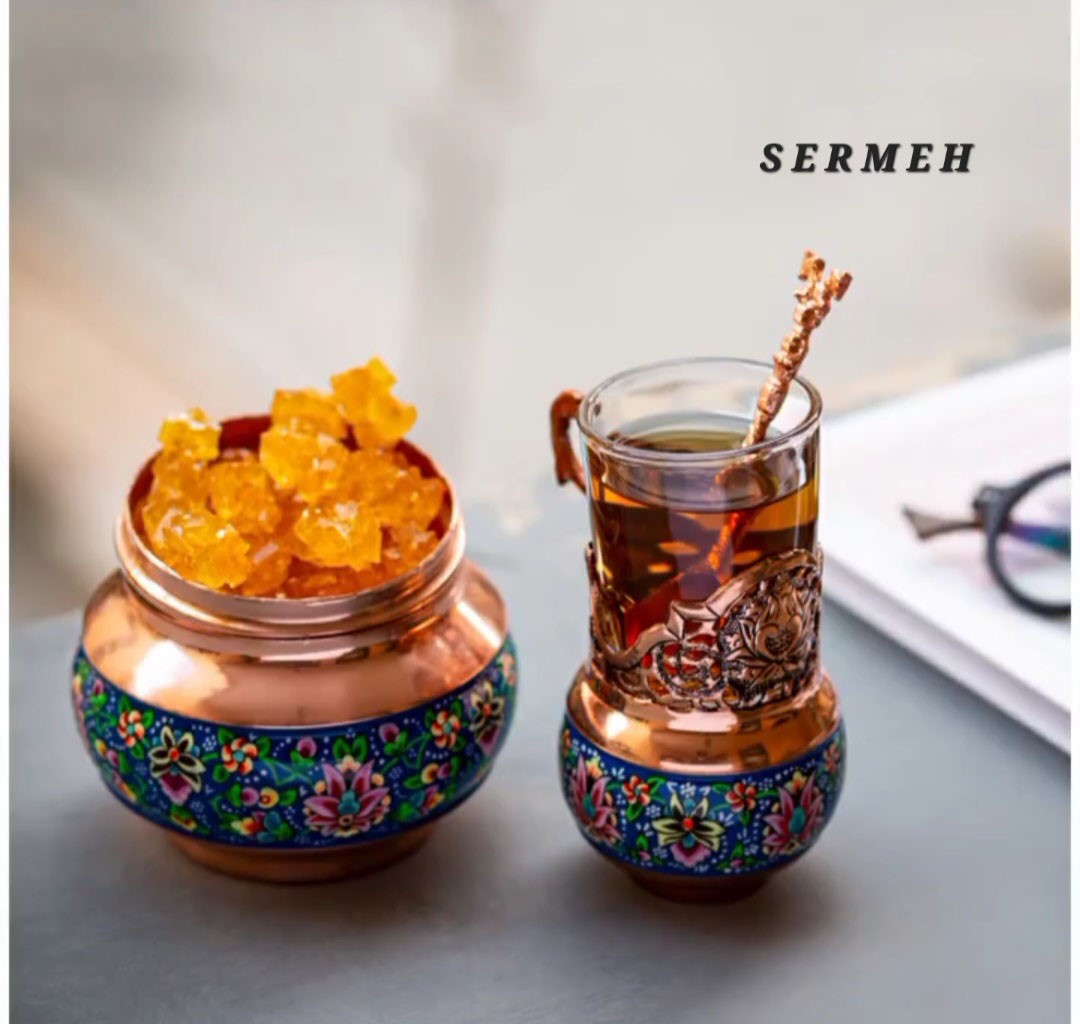
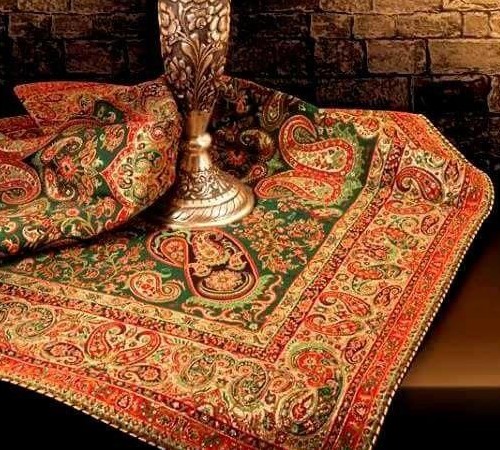
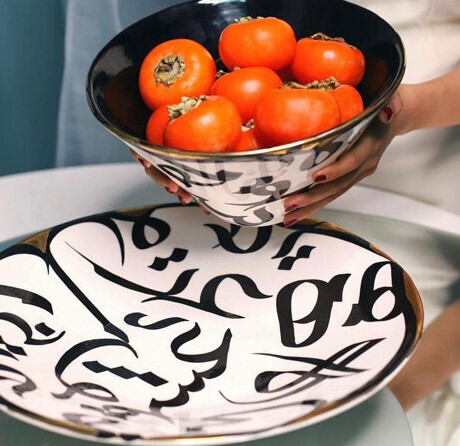
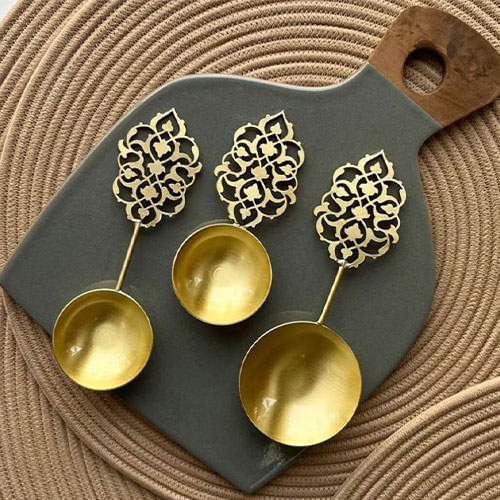


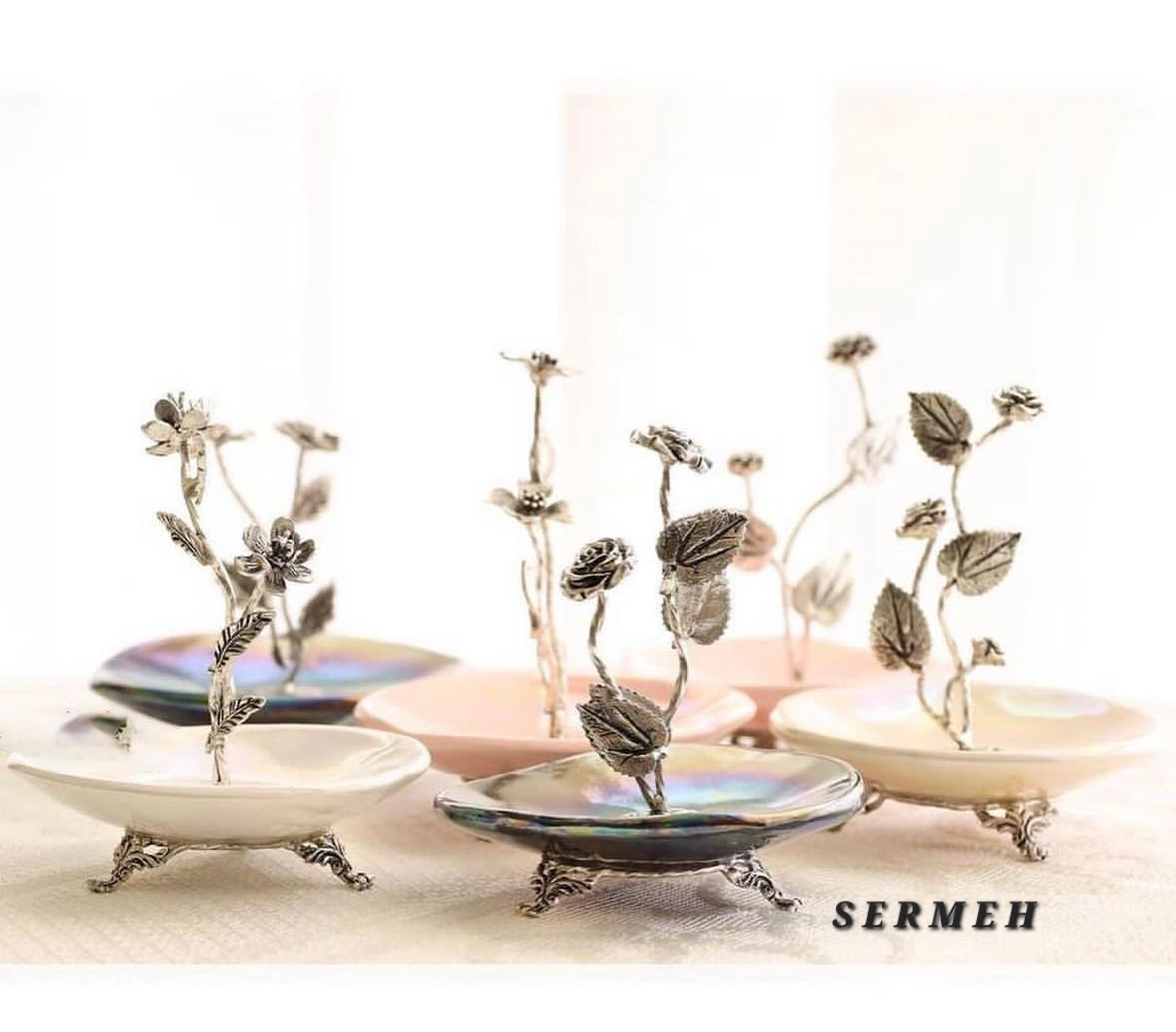
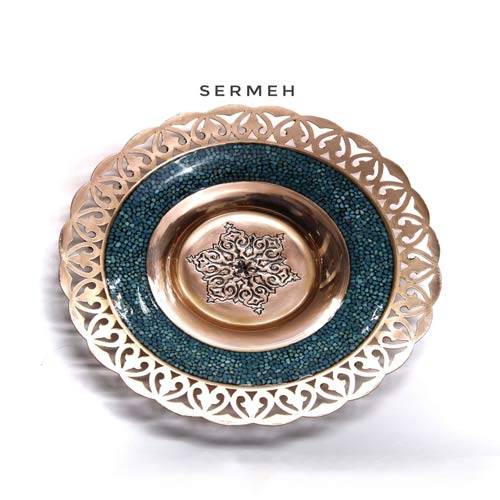
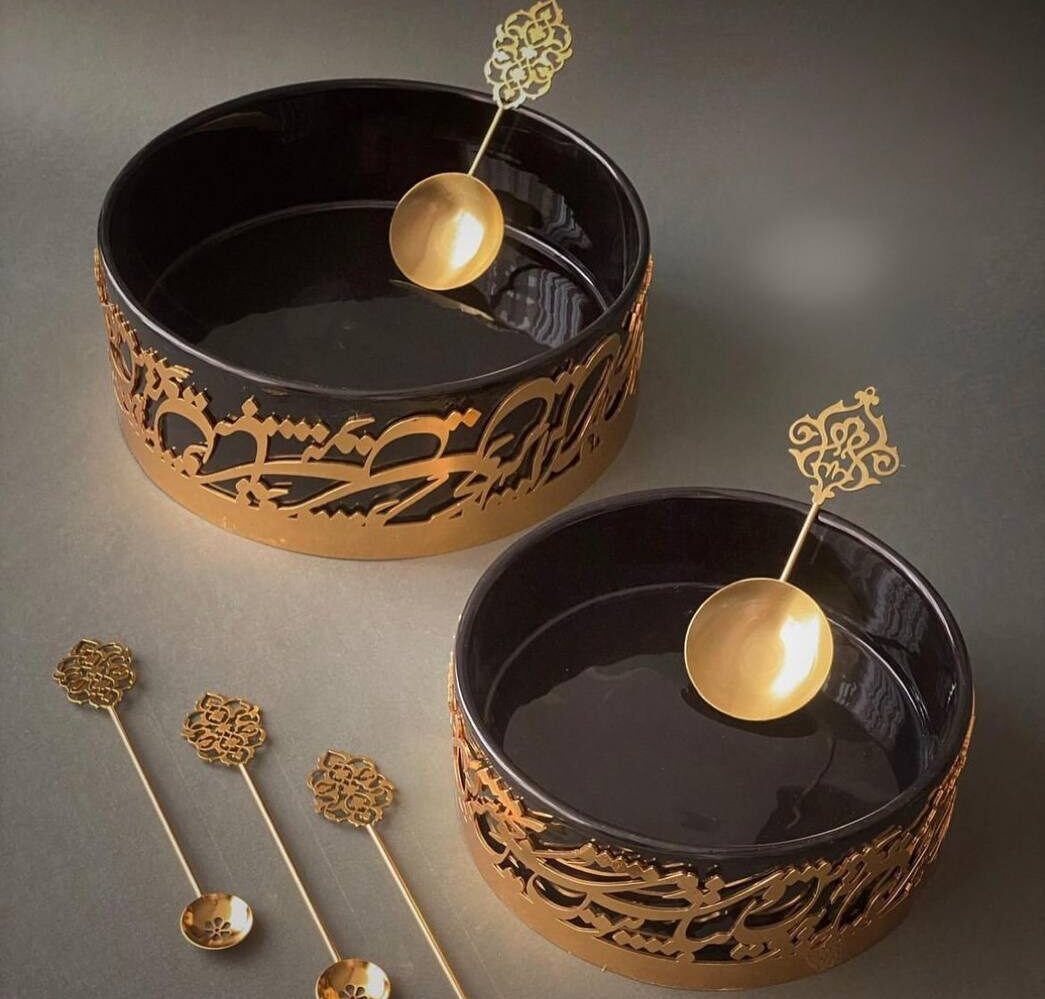

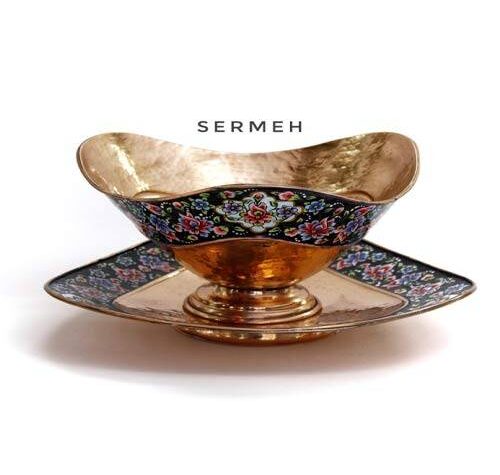
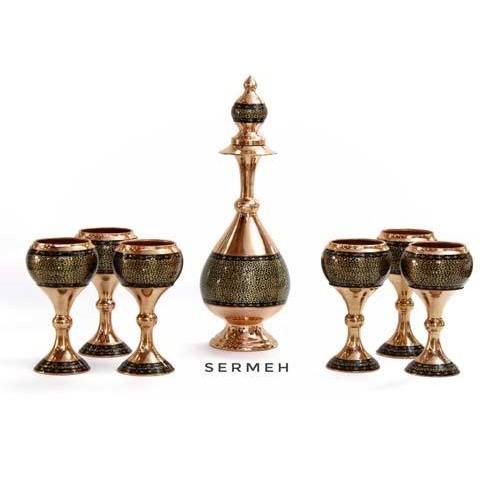
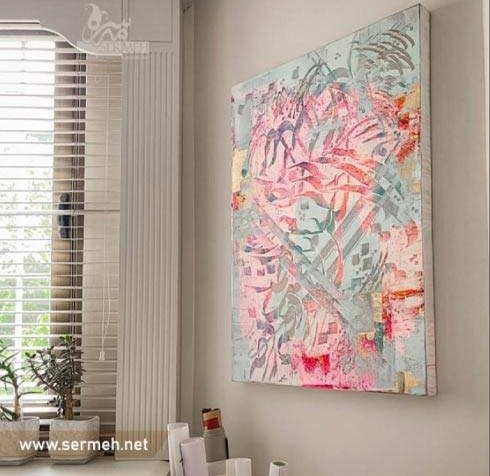
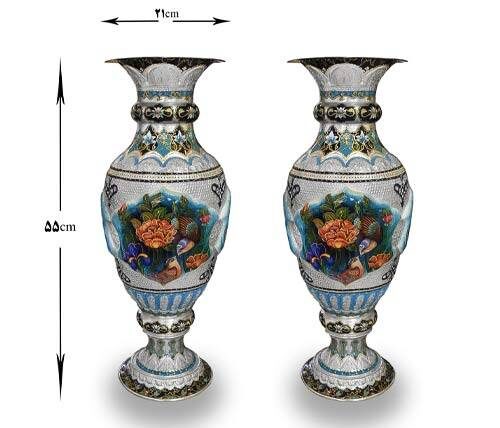
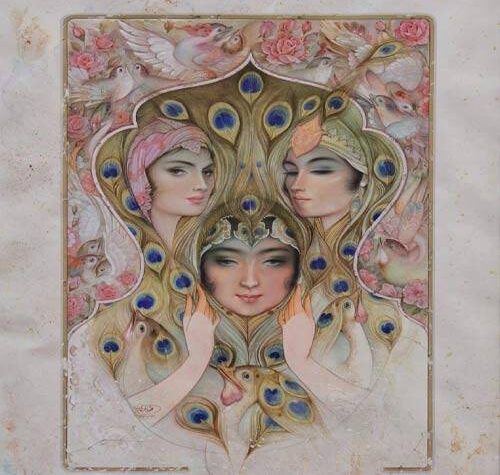
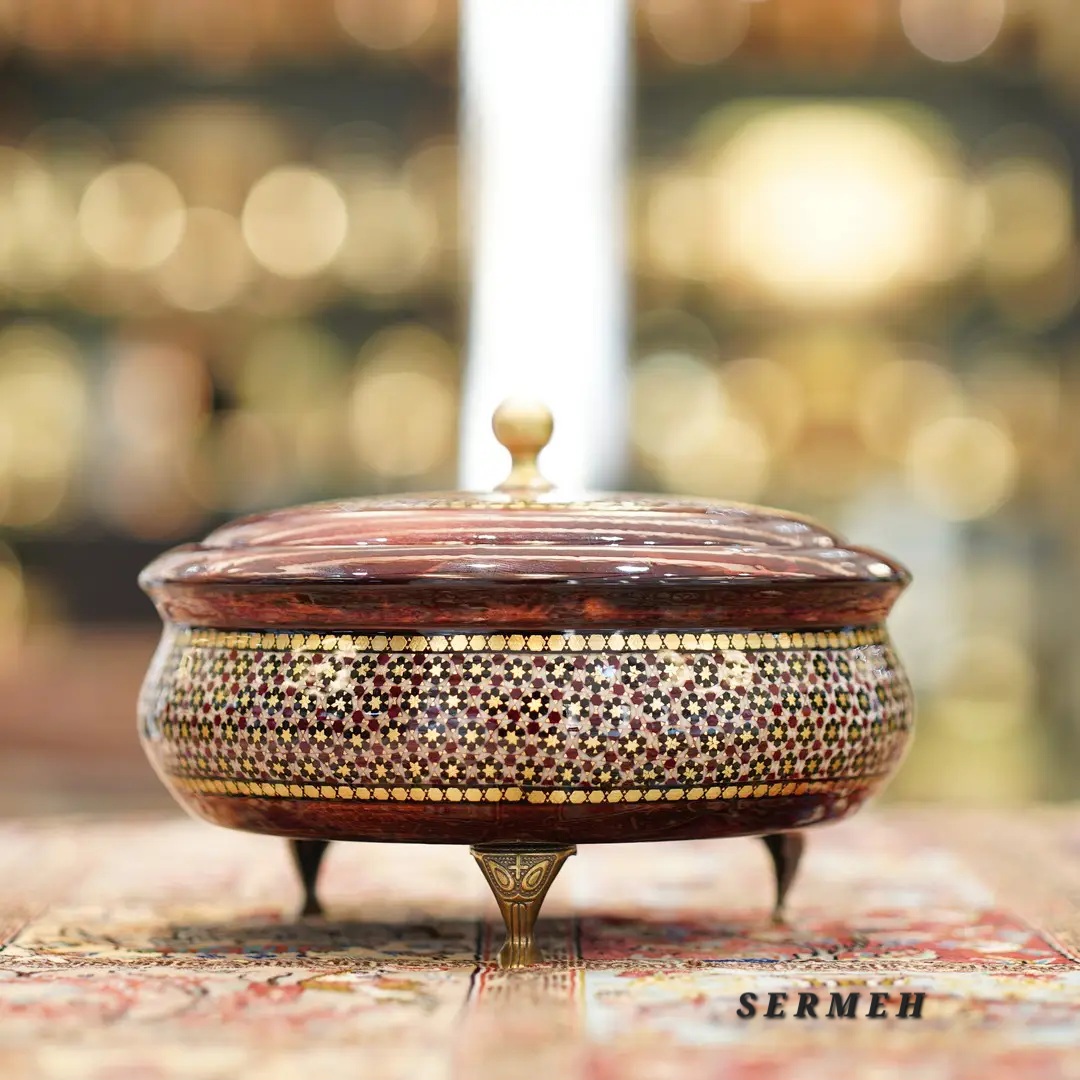
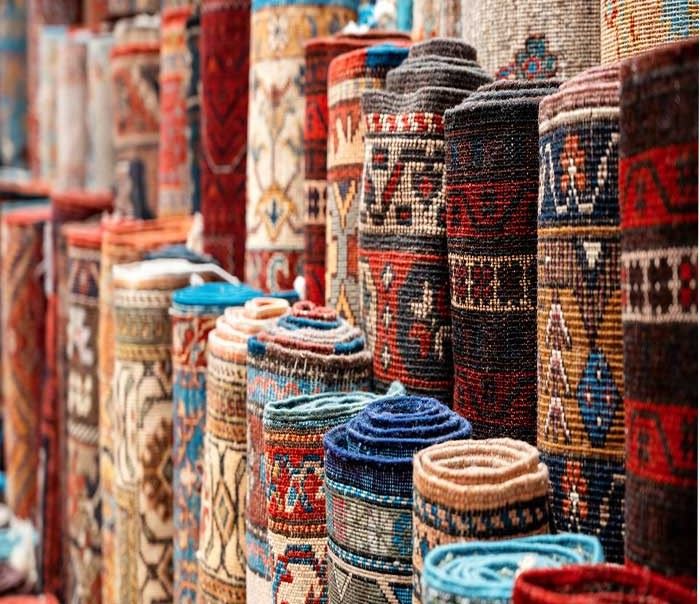
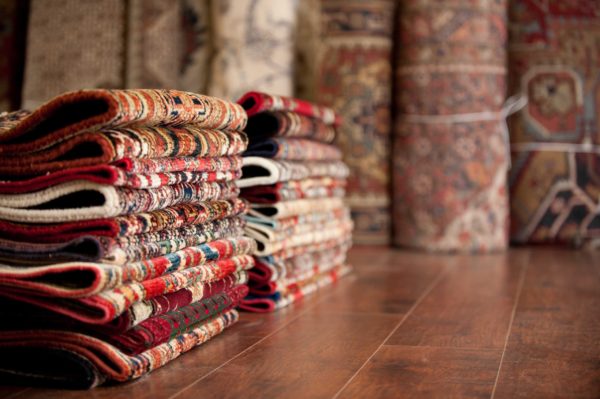
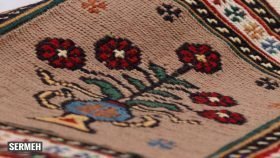 Familiarity with Iranian carpets
Familiarity with Iranian carpets